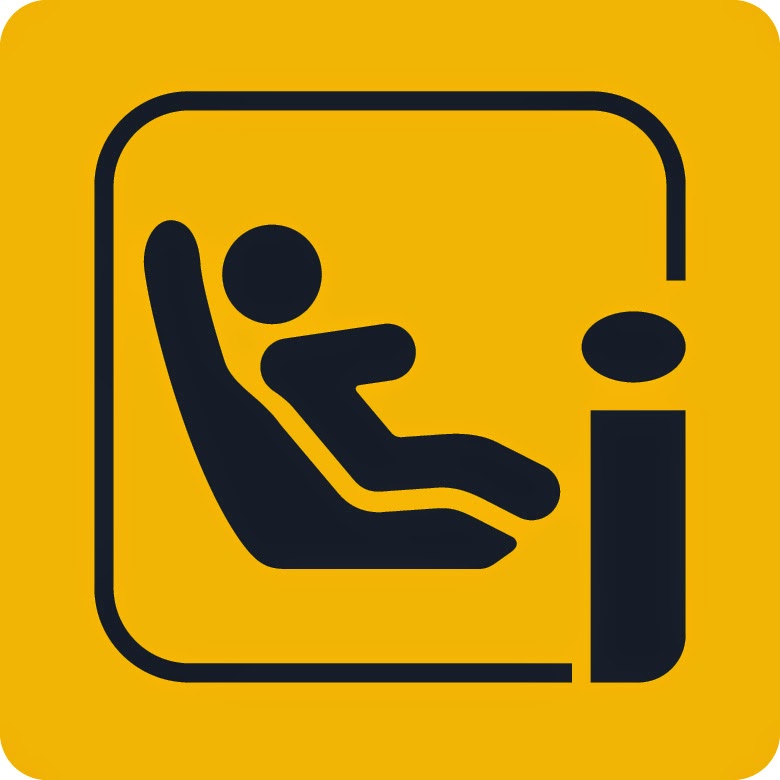I love the look of the Koochi Motorhero Group 1 car seat, however looks aren't everything. The review on madeformums.com isn't that great. Shame!
i-Size is a new European standard for car seats. It came into effect in July 2013 with the aim of making buying a car seat simpler and safer. Changes made by this regulation are going to be gradually phased into the UK by 2018.
i-Size seats are fitted into a car using the Isofix system, which will reduce the risk of car seats not being fitted properly. All cars made from 2006 onwards are fitted with an Isofix system, so fitting a car seat should be simple and easy for everyone. The new regulation is also striving to make car seats that fit in all cars.
Since the 1970s, Britax has repeatedly come up with successful innovations which have influenced the entire market, setting new standards for the industry. The Britax Isofix anchoring system was developed in 1997 in co-operation with VW.
Always looking for new ways to improve safety, the Isofix system connects the child seats rigidly to the vehicle chassis rather than just using the adult seat belts, reducing installation errors.
The Britax Pivot Link system stops your child being jolted so far forward - not only reducing the amount of force your child is subjected to, but reducing the odds of their head hitting the car interior.
Group 1 car seat is suitable for a baby weighing from 9kg to 18kg, which is roughly 9 months to 4 years.
Group 1/2 combination or multi-group car seat is suitable from 9kg to 25kg, roughly 9 months to 6 years, but isn't a very common option.
Group 1/2/3 combination car seat is suitable from 9kg to 36kg, which is roughly 9 months to 12 years, and there's quite a wide range of these on the market.
Here is a review of the 12 best car seats according to madeformums.com:
http://www.madeformums.com/reviews-and-shopping/the-12-best-car-seats---from-9-months/7750.html
Scandinavian countries use rear facing car seats until the child is 4-5 years old (they then move to a belt positioned booster seat). For the past 25 years in Sweden there has been an aggressive campaign to convince parents that rear-facing seats are safer. Statistically it is five times safer for a child to be in a rear facing car seat if they are in a collision.
Read up on the facts:
http://www.rearfacing.co.uk/facts.php
We don't drive very much really. We tend to walk or get the bus everywhere in Bristol. So our main trips in the car are to do the food shopping, when Eve is always with me, or if we are visiting some of the Grandparents further afield.
Sam and I have been looking forward to Eve being able to face forward so that we can see her and talk to her which would make things much easier, but that said, safety is the most important thing.
The slight problem in the Fergusson household is that our car is older than 2006 so we do not have Isofix anchorage points built into our car to enable us to buy a rear-facing isofix car seat. I emailed a nice lady called Helen at rearfacing.co.uk and she was very helpful. She said that our best bet would be to buy a BeSafe rear facing car seat which utilises the seat belt. These seats are Plus tested in Sweden, which is the most stringent test in the world. However, they are pricey...
BeSafe izi kid x3 rear-facing car seat
The BeSafe izi kid x3 is around £250:
http://www.besafe.com/en/car-seat-products/toddlers-car-seat-0-18-0-25kg/izi-kid-x3
There is interesting information on the following website.
This is in line with Rospa (The Royal Society for the Prevention of Accidents).
http://www.childcarseats.org.uk/







No comments:
Post a Comment